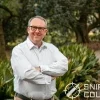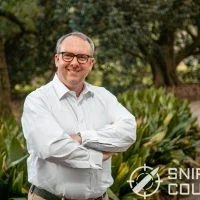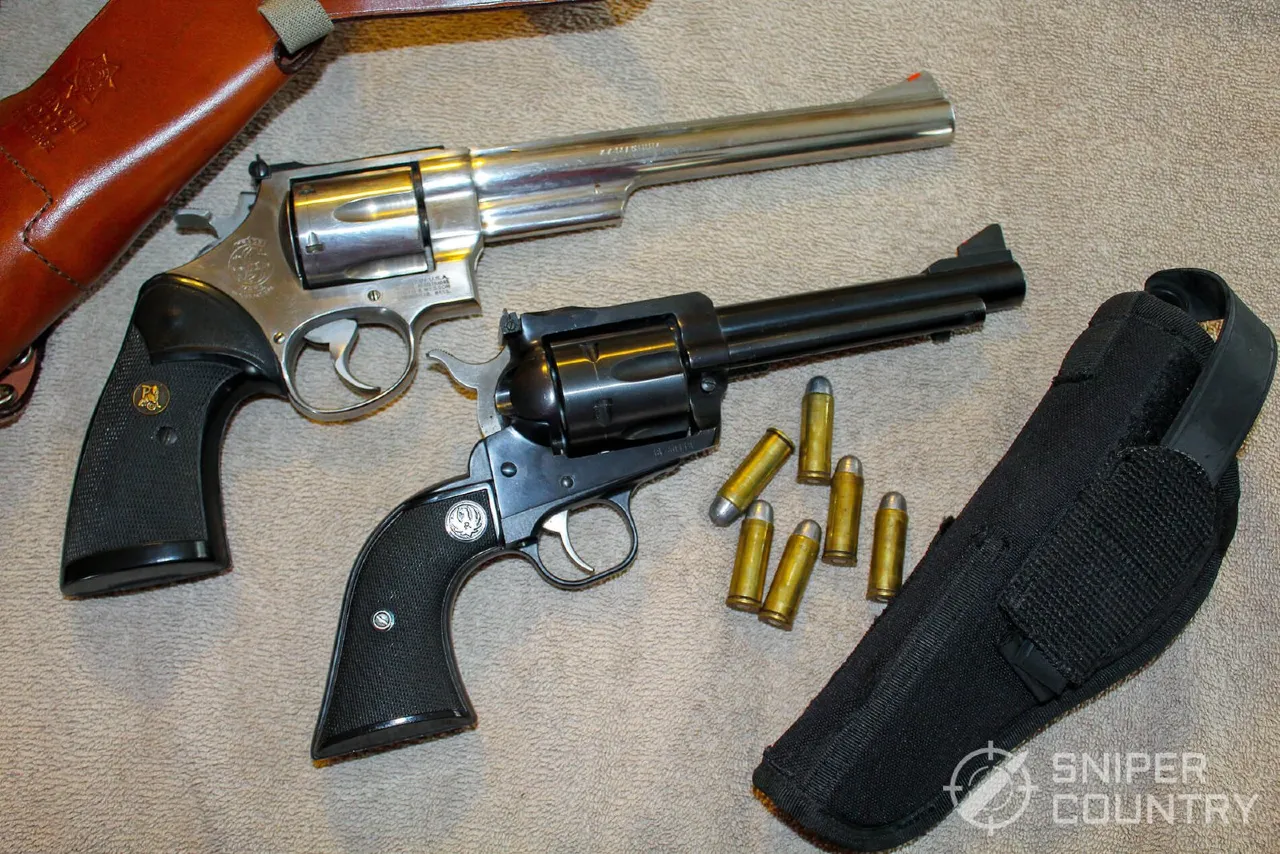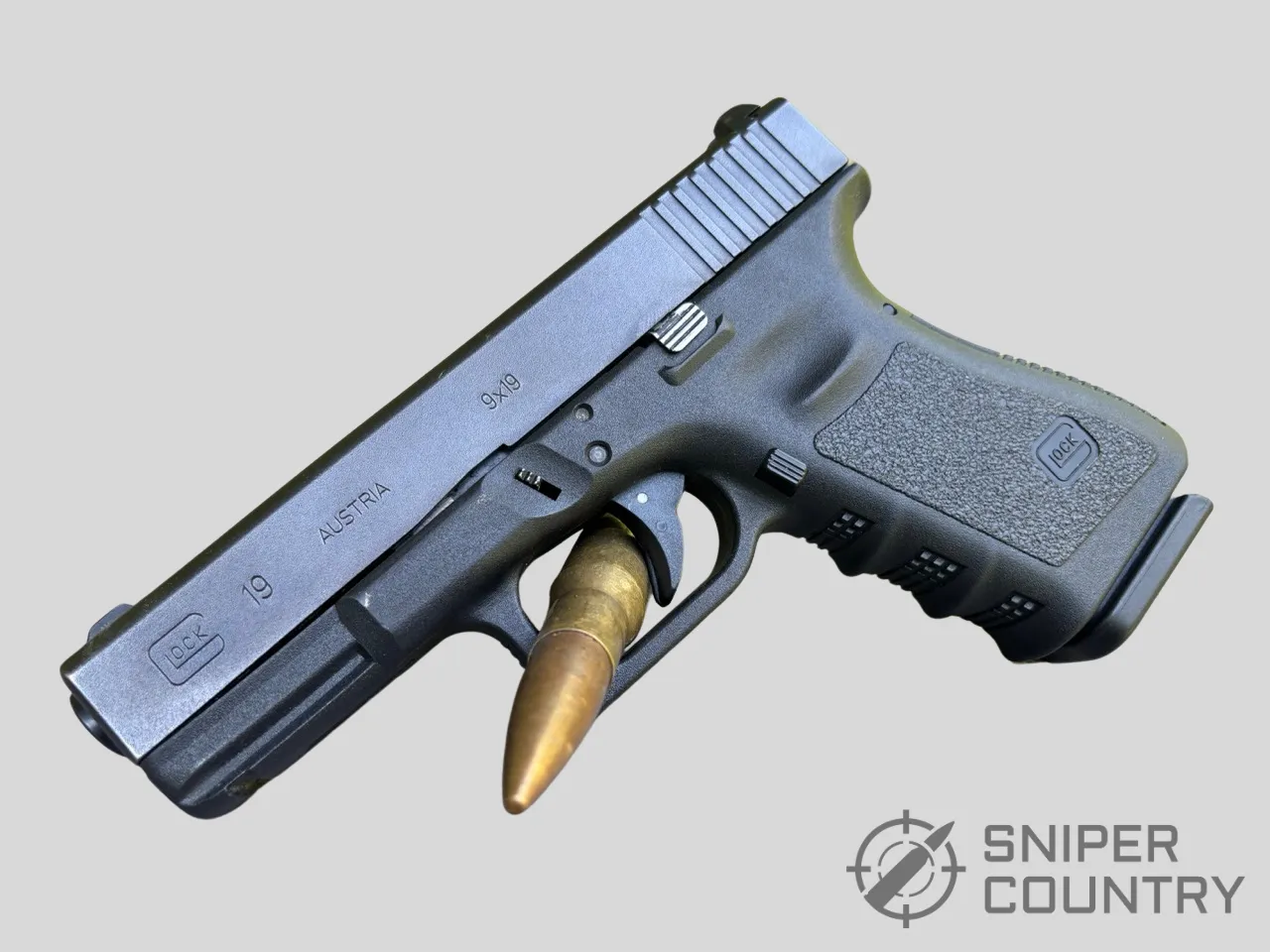Hunting has been around for millions of years and is still widely practiced around the world. In early civilizations, people hunted daily to provide food for themselves and their families. The pelts were used for clothing, while the horns, teeth, and bones were used to make weapons or tools. Hunting for survival became less necessary with the development of agriculture, and as such, it is now mainly done for sport.
While it was once a sport for nobility, hunting is now enjoyed by people from many walks of life. Hunters must obtain a permit and follow the laws relating to guns and ammunition in their municipality as well as regulations in place to protect the populations of specific types of game.
Firearm Basics and Safety
A firearm is any weapon or piece of equipment designed or modified to eject a projectile via an explosion. The main parts of any gun are the barrel, magazine, handguard, pistol grip, trigger, and trigger guard. Guns should never be played with; they must always be handled and used correctly. The two most important rules of firearm safety are to only point it at what you intend to harm and always keep your finger off of the trigger until you're ready to shoot. When the gun isn't in use, it must be safely locked away from other people, especially children.
- In-Depth Guide to Firearms and Ammunition: This article discusses the basics about firearms and ammunition, including their different parts and their functions.
- The 12 Golden Rules of Gun Safety: Responsible gun owners will follow the rules to keep themselves and others safe at all times.
- Shooting Range Safety Rules: It's especially important to be smart about gun safety when you're using a gun alongside others.
Hunting Ethics and Responsibility
While hunting is regulated by each country's laws and may be restricted by municipalities depending on the type of game, hunters must also take responsibility for their own conduct for the good of the sport. Hunters must ensure that they behave in a way that protects and conserves the quarry.
- Hunting Ethics: Hunters should always be respectful of the property they're hunting on and follow all relevant regulations.
- Ethics and Hunter Responsibility: This lesson addresses how hunters must be responsible to themselves and others as well as the environment.
- Guide to Safe and Responsible Hunting: Read this guide to learn how to be a responsible hunter.
Personal Preparedness for Emergencies
An emergency or disaster can happen at any time. Identifying potential risks and how to minimize them can help you to survive any situation while hunting. A hunter should be aware of how to prevent and respond to common hunting accidents such as unintentionally discharging a weapon, being attacked by an animal, or facing danger due to extreme weather. Make a plan of action and ensure that you have sufficient supplies on hand to deal with an accident or emergency.
- Hunting Safety Tips: Some of the basic safety tips for hunters are similar to those for anyone else headed outdoors for recreation, like making sure to dress for the elements and bring a first aid kit.
- What Should Every Prepared Hunter Carry for an Emergency? This article discusses different items that a hunter should bring along to help them deal with a hunting accident.
- Hunting First Aid: Common Injuries and What to Do: Be prepared for disaster by knowing how to respond to the most common types of hunting accidents before they happen.
Field Carries: How to Properly Carry a Firearm
A hunter needs to carry their firearm properly to keep it ready for a quick response while also reducing the likelihood of an accident. There are six different types of carries: cradle carry, elbow carry, port arms (also called a ready carry), shoulder carry, sling carry, and trail carry. Which one is appropriate to use will depend on factors including the terrain and the weather.
- Safely Carrying Firearms: View photos of the different types of carries and learn more about which one to use when, including how you should carry weapons when you're hunting in a group.
- Safe Firearm Handling in the Field: Safely carrying firearms is part of making sure that you never aim a weapon at something you don't intend to shoot.
- Guide to Hunting Responsibly and Safely: This guide outlines many aspects of hunting and how they can be done safely.
Firearm Safety in the Field: Crossing Obstacles
An obstacle is any barrier that a hunter comes across while hunting. It's necessary to ensure that firearms are secured before crossing a fence or rough terrain. Whenever possible, do not hold your firearm while navigating an obstacle; hand it to someone else who can pass it to you once you are on the other side, or place it on the ground and slide it to the other side before proceeding yourself.
- Basics of Hunter Safety: Reads tips for how to keep yourself safe while hunting, including how to navigate the terrain safely.
- How to Safely Cross Barbed-Wire Fences When Hunting: Barbed-wire fences are made to hurt anything that tries to get past them, so it's important to take your time and cross them carefully.
- How to Safely Cross Mountain Streams With a Heavy Pack: Swiftly flowing water can easily throw you off balance, which is especially dangerous when you're carrying a firearm.
Hunting Safety for Small Groups
Hunting in a small group requires that each party be aware of the rules to maintain a safe fire zone. Many hunters become anxious and excited, which can lead to carelessness in the field. Practice self-control, and only aim at your intended target when hunting.
- Hunting Safety Tips and Guidelines: Hunting in a group requires extra caution to avoid endangering anyone in the group.
- Hunting Safety: This article discusses hunting guidelines and risk management tips for safe and successful hunting.
Gun Cleaning, Storage, and Transportation
Proper cleaning, storage, and transportation of firearms can protect both hunters and their equipment. Firearms must be cleaned after every use, whether it is at a range or on a hunt. After they have been cleaned, they should be stored away properly to keep them safe. All firearms should be unloaded before they are transported or stored.
- How to Store Your Guns in the Off-Season: When you're not using your hunting gear, it's crucial to stow it safely.
- Safe Transportation of Firearms: It's likely that you'll need to bring a firearm along with you in a vehicle to reach your hunting grounds, so it's important to know how to do this safely.
- Gun Care Guide: A clean firearm is less likely to misfire, so it's important to clean yours regularly.
Shooting Fundamentals and Shot Placement
A hunter must always ensure that they aim at the intended target and control their breathing before firing a shot. Before pulling the trigger, ask yourself three questions: Is this shot safe? Is it legal? Is it ethical? If you can't answer "yes" to all three, don't shoot.
- First Shot Fundamentals: This document contains materials that can be used to teach a young beginner how to correctly use a firearm.
- Teaching Rifle Positions to New Shooters: Learn about how to teach a beginner how to position their body and their weapon in different situations.
- Five Fundamentals of Safe Hunting: Safety is the most important part of learning to hunt.
Tree Stand Safety
A tree stand is an elevated platform used by hunters to give them a better vantage point when hunting. When climbing a tree stand, a proper harness system must be used, and non-skid boots should be worn to prevent slippage. Firearms and ammunition should be hauled up the tree using a hoist rope and not carried up while climbing. Hunters should never rush when entering a tree stand, as this may cause the stand to become dislodged.
- Staying Safe in Your Tree Stand: Falling from a tree stand is alarmingly common, but these accidents are preventable.
- Tree Stand Accidents: Can We Stop the Insanity? This article discusses how accidents can occur in a tree stand and how to prevent them.
- Tree Stand Safety: Always take the time to learn how to use a tree stand safely before using one while hunting.
Game Care
Once a game animal has died, the hunter must ensure that the meat is tagged and properly prepared for consumption. The most important factors to consider are heat, dirt, and moisture. Cool the meat quickly to avoid spoilage and ensure that it does not come into contact with dirt or water when being transported.
- Field Care of Harvested Big Game: Once you've taken an animal, you need to process it properly to ensure the quality of the meat and/or trophy.
- Proper Field Dressing and Handling of Wild Game and Fish: This article discusses the importance of temperature control when handling and storing your catch.
- Game Preparation: Proper preparation ensures that your prey isn't wasted.














